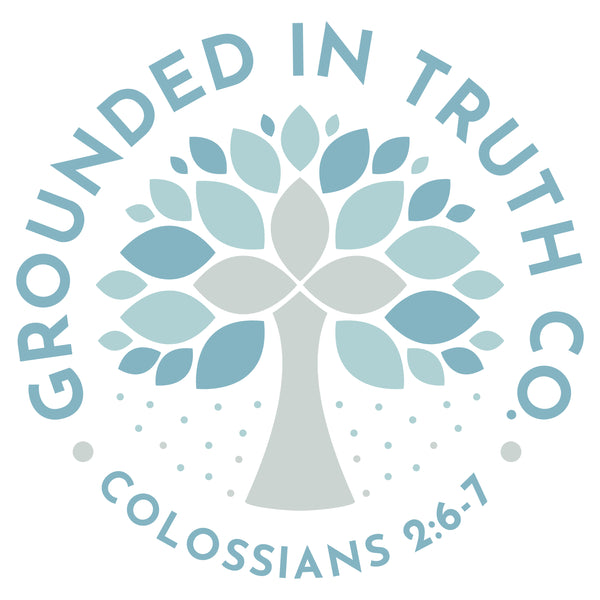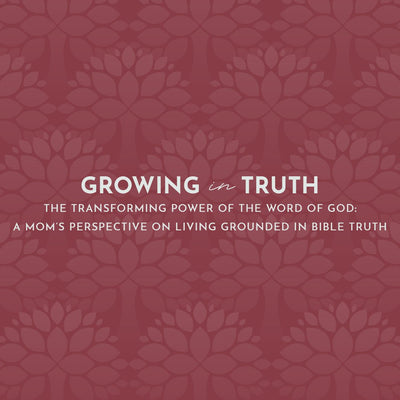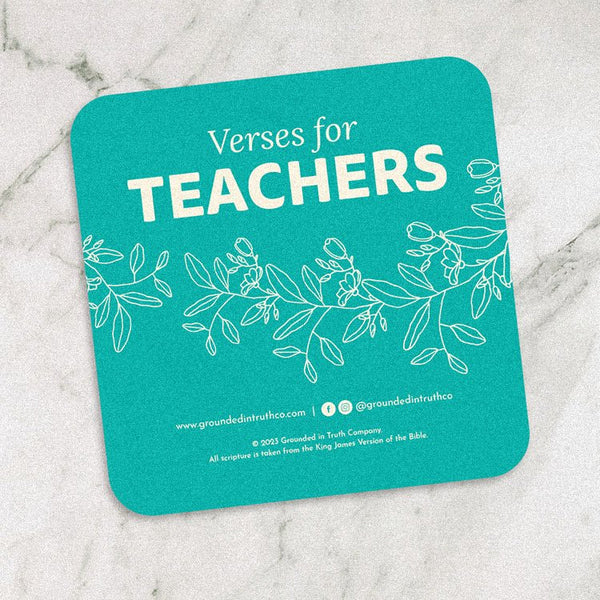
What is Verse Mapping? Part 2: Word Study
Share
Let's hop in to the next part of our verse mapping Bible study method! This week, we go into a deep dive on doing a word study by looking up the definitions of key words in our verse in their original language. I love what this does to my understanding of any Bible verse!
If you're wondering where we started this verse mapping study, click here for part 1, an introduction to verse mapping! If you're already an expert, and you like to dig in deep with us in an online verse mapping study through proverbs, you can click here for our Wisdom over Rubies blog. Better yet, at the bottom of this post is a link to get our Verse Mapping Bible Study guide completely free! Enjoy!
Our next step in verse mapping is seeking out keywords and then studying them in more depth through looking them up in the original language. This is my favorite part! The original Bible languages are so full of nuance and subtle meaning shifts that it is fascinating to me to look up these words and see a glimpse what the original writers were thinking. In my experience, I learn more about the verse looking up these keywords than any other personal study method I’ve used. How you go about finding keywords can depend on what passage of scripture you’re studying; if you’re looking at a long passage overall but only focusing down to verse map one or two verses of it, look for repeated words and themes. If you’re studying one verse at a time in more detail, you may choose some “important” words, or some words you’re less familiar with, or you may choose to study every word in the verse (been there, done that!). No matter how you choose your keywords, the process is the same for studying each word.

First, you look up the word in a resource such as BlueLetterBible, eSword, or a simple concordance. Personally, I love BlueLetterBible for its myriad of resources, but really if you have access to a concordance of any kind you are set! I like to record the word in its original language (not because I can read/write/understand Hebrew or Greek, I personally just think it’s beautiful). I also record the transliteration, which is the word represented in English characters, and the pronunciation. Sometimes, even just doing this can bring some insight into the meaning of the word, because it may sound like a word you’re more familiar with. Be careful, though! Just because the transliteration of a Bible word may sound like a word you know does not mean that the words mean the same thing!
Finally, I record the definition of the word as well as how it is in translated in other parts of the Bible. Strong’s concordance (either a physical copy or a digital copy, like I use through BLB) is such an amazing resource for giving you insight into where in the Bible words are repeated (and how many times they are used).
For me, this all comes together when I write a “paraphrase” of the text by plugging in the definitions in place of my keywords. You’ll see this at the end of my word study portion of this study guide. I am never trying to “rewrite” the scripture (it is perfect and inerrant as written!), but only seeking to help myself understand the meaning of the verse by elaborating on some of these keywords. All of this process comes together to help deepen your understanding of scripture, which in turn will strengthen your relationship with Christ. Studying scripture is such a blessing!
You're ready! Want to practice verse mapping? Check out this guide, which takes you through the verse mapping process for 5 verses on being Grounded in the Truth of Scripture. I pray it is a blessing to you!













